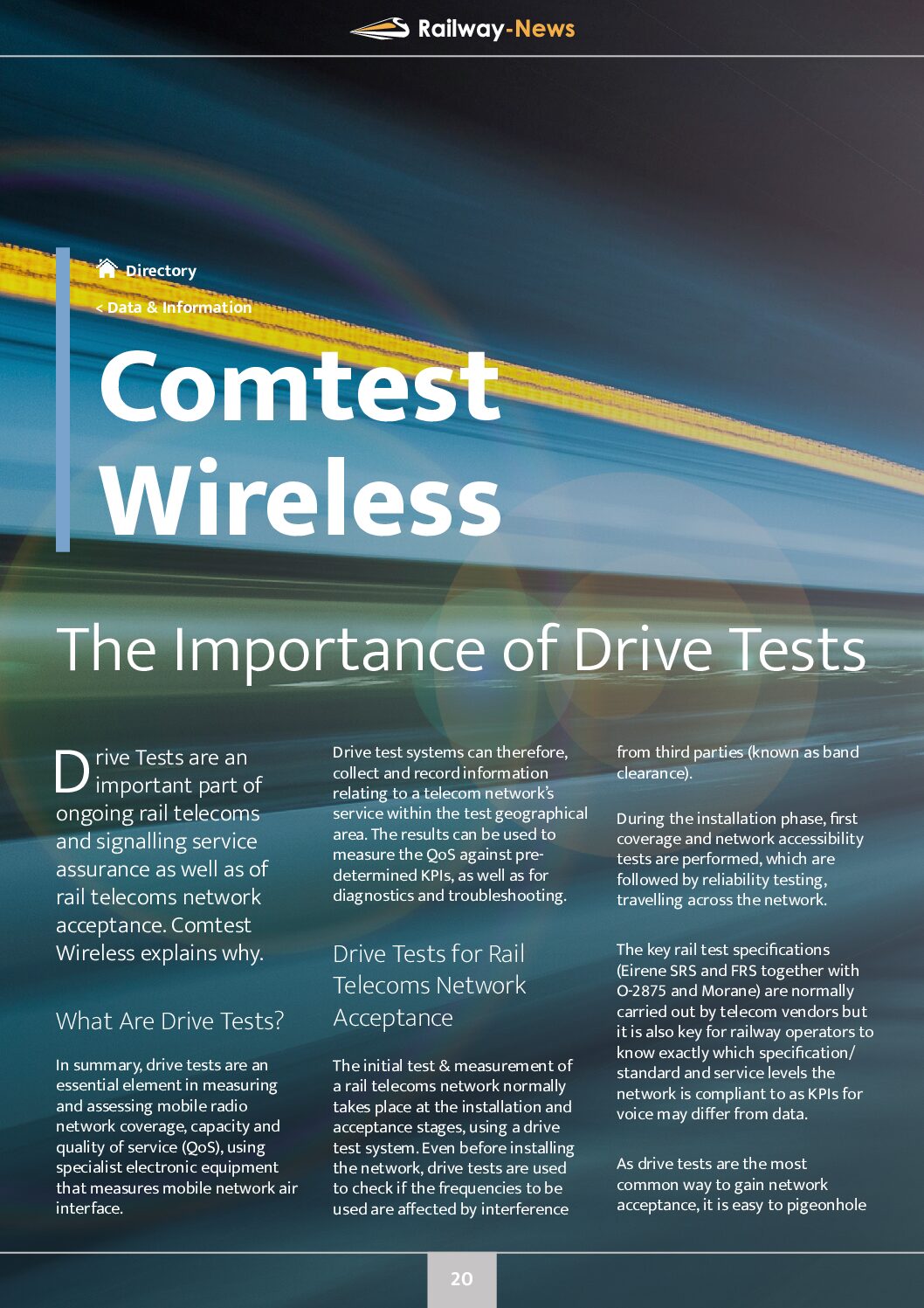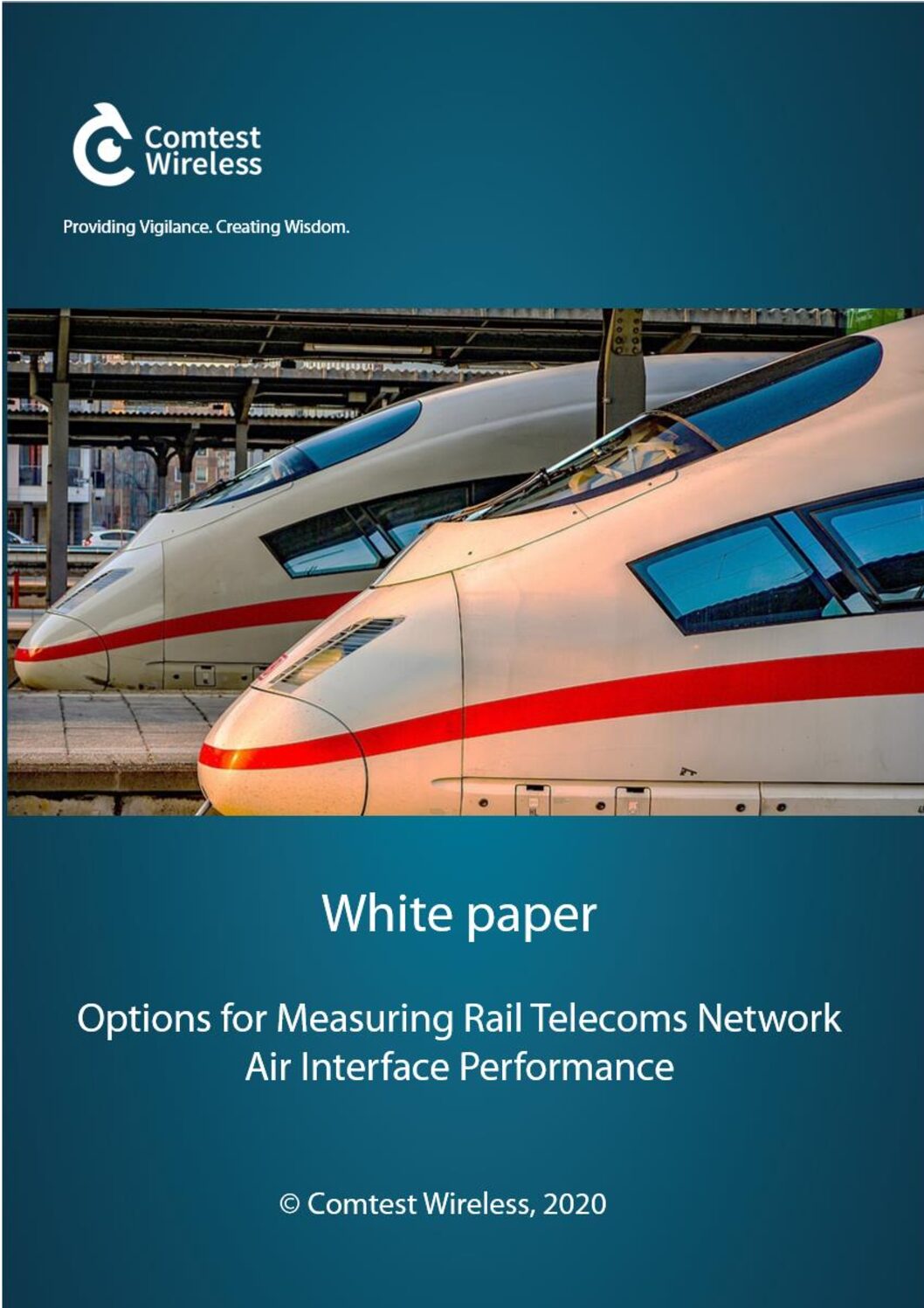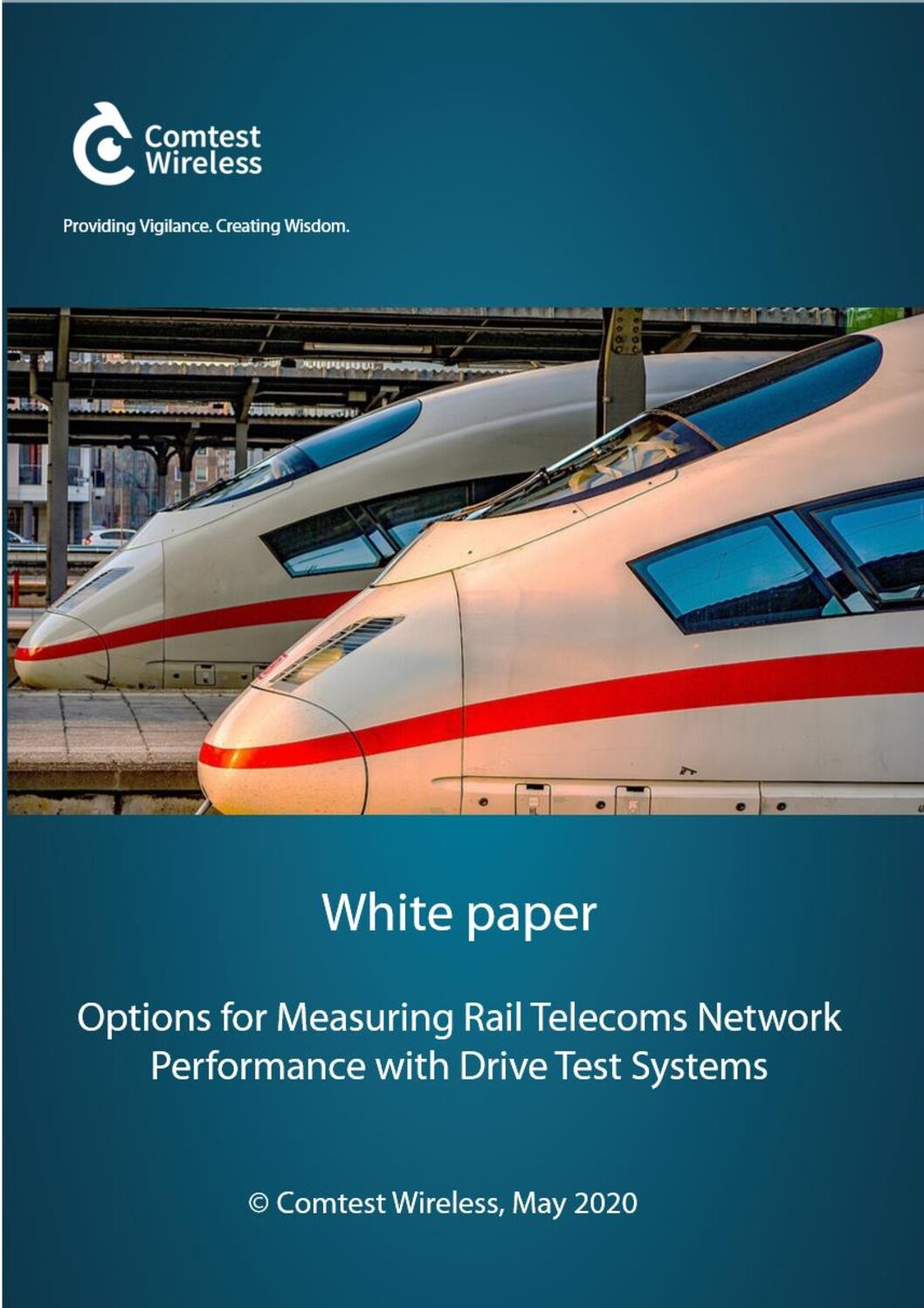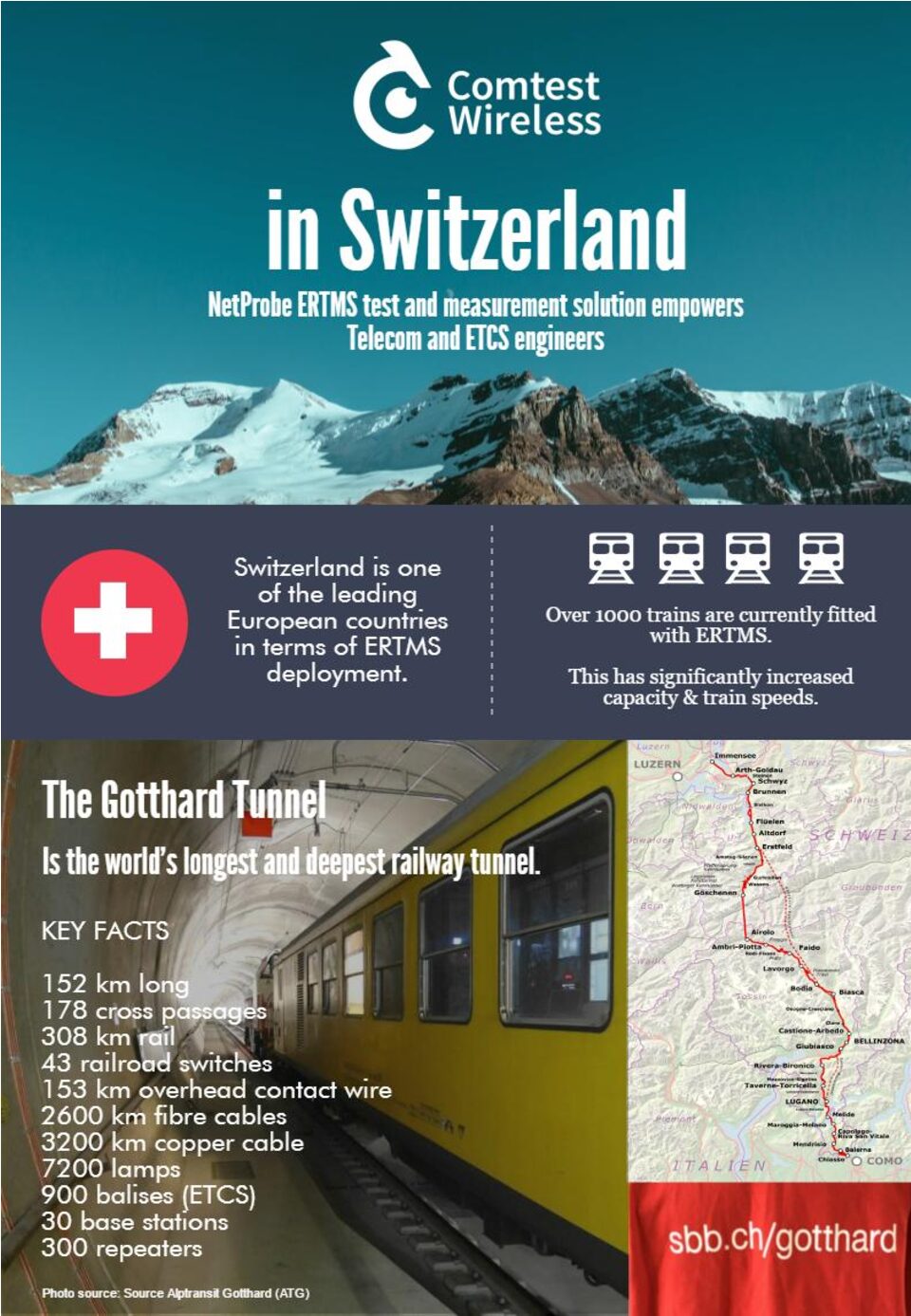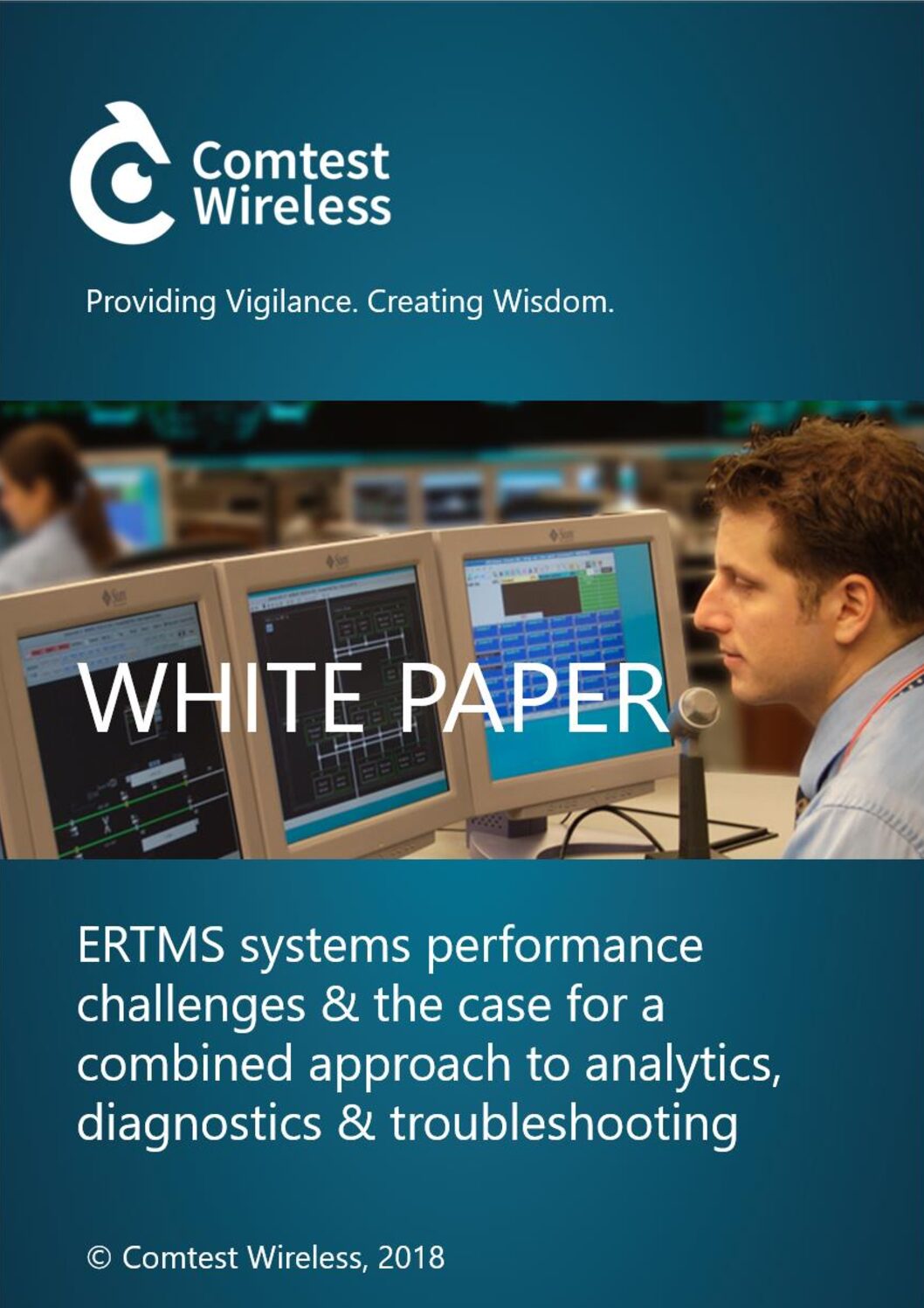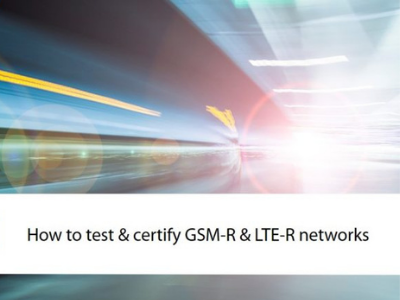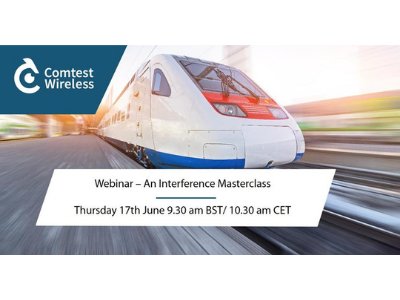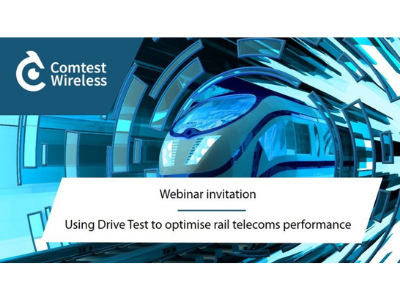Comtest Wireless
The Importance Of Drive Tests
This article first appeared in the Railway-News magazine Issue 5 2021.
Drive Tests are an important part of ongoing rail telecoms and signalling service assurance as well as of rail telecoms network acceptance. Comtest Wireless explains why.
What Are Drive Tests?
In summary, drive tests are an essential element in measuring and assessing mobile radio network coverage, capacity and quality of service (QoS), using specialist electronic equipment that measures mobile network air interface.
Drive test systems can therefore, collect and record information relating to a telecom network’s service within the test geographical area. The results can be used to measure the QoS against predetermined KPIs, as well as for diagnostics and troubleshooting.
Drive Tests for Rail Telecoms Network Acceptance
The initial test & measurement of a rail telecoms network normally takes place at the installation and acceptance stages, using a drive test system. Even before installing the network, drive tests are used to check if the frequencies to be used are affected by interference from third parties (known as band clearance).
During the installation phase, first coverage and network accessibility tests are performed, which are followed by reliability testing, travelling across the network.
The key rail test specifications (Eirene SRS and FRS together with O-2875 and Morane) are normally carried out by telecom vendors but it is also key for railway operators to know exactly which specification/ standard and service levels the network is compliant to as KPIs for voice may differ from data.
As drive tests are the most common way to gain network acceptance, it is easy to pigeonhole their use. However, many leading rail operators around the world regularly use drive tests for the whole of the railway operations lifecycle.
Ongoing Drive Tests for Operational Lines
After a network has been fully accepted, an ongoing network monitoring & troubleshooting routine should be established as an integral part of daily operations and maintenance. Critical situations can occur if there are issues with interference or equipment failure on operational railway lines. Based on operational experiences, an ongoing proactive maintenance or service assurance campaign is highly recommended to ensure critical levels of quality and service are maintained, especially for rail networks operating ETCS level 2 signalling and above.
